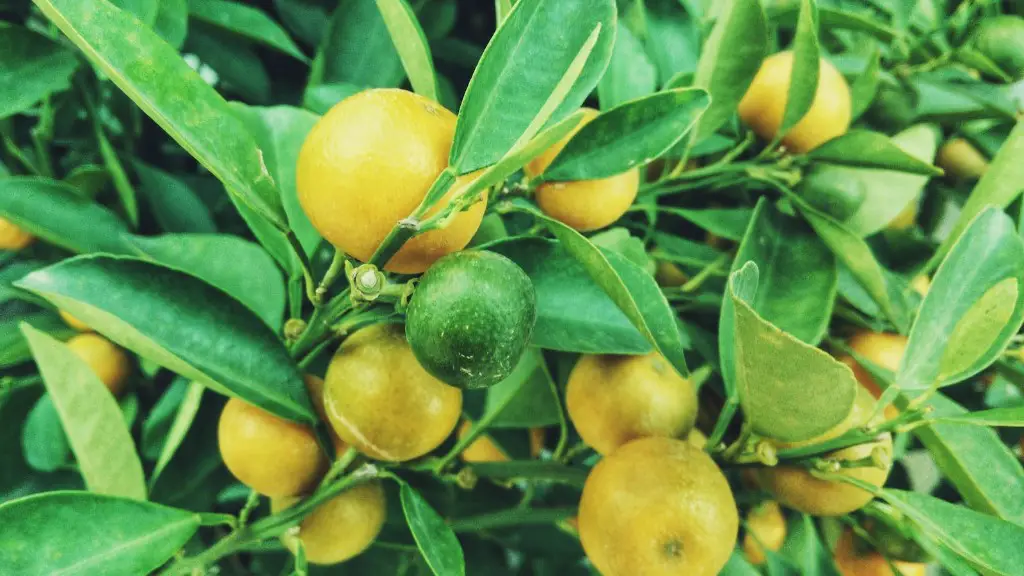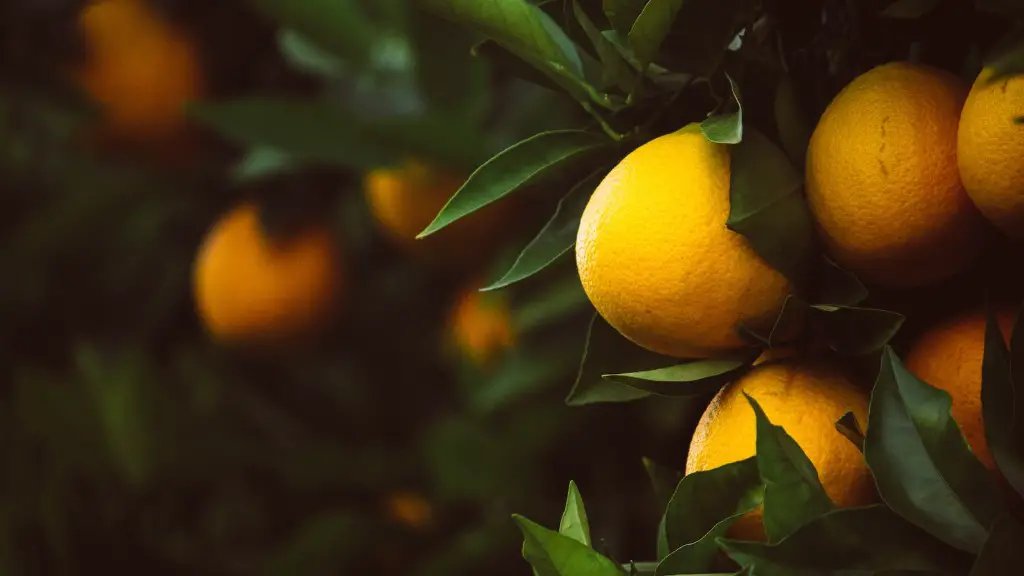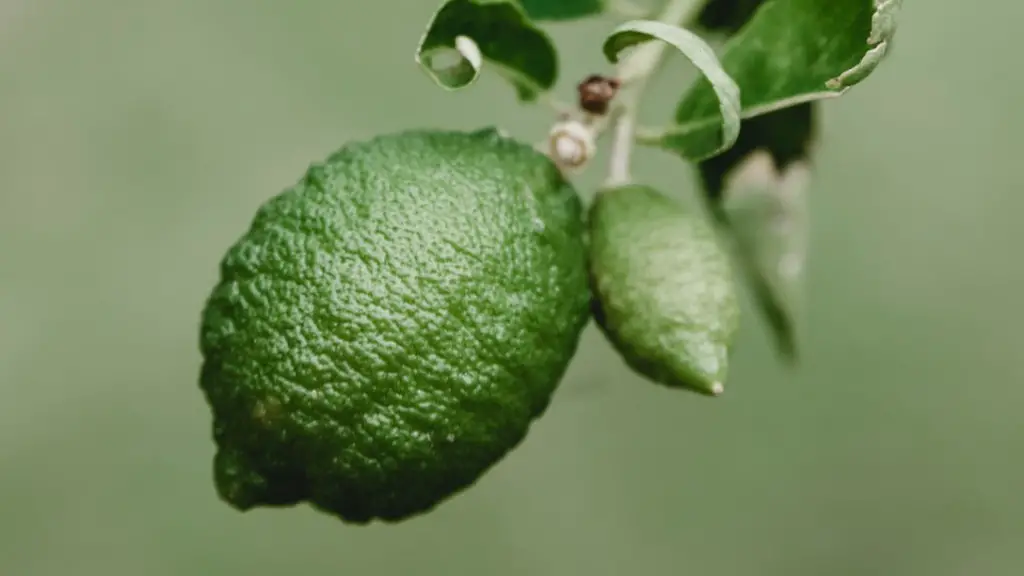It is generally accepted that you can grow a lemon tree from lemon seeds. Lemons are one of the most popular citrus fruits and their trees are beloved for the beauty, fragrance and nutritious fruits they offer. There are many benefits to growing lemon trees from seed and the process is surprisingly straightforward. Contrarily to popular opinion, lemon seeds are indeed viable and a single lemon contains between 5-14 seeds. Growing a lemon tree from seed is certainly possible, so let’s take a closer look at the process and how to get the best out of it.
First, it’s important to understand how to identify quality lemon seeds. The seeds should be from a large and mature lemon. Generally, you will want to select seeds that are plump, large and white on the inside. Smaller and darker coloured seeds may not be viable. When gathering the seeds, rinse them thoroughly in cold water. This will remove the sticky film and help the seeds become more hydrated.
Lemon seeds need to be pre-soaked in warm water for a few days before they can be planted. This stimulates the process of germination. Lemon seeds must also be planted in quality, sterile soil with a pH level of 6.5 to position them for the best chance at successful growth. The soil must be kept moist until the seeds sprout. Finally, ensure the seedlings are adequately exposed to sunlight but also protected from direct sun rays.
Once the seedlings have sprouted, it’s common for the new growth to be cultivated for the first year in a pot or container. Transplant them outside when the weather is suitable. When transplanting, avoid excessive distress to the roots and take measures such as making sure the plant is adequately watered, mulched and protected from pests.
Finally, it’s important to realise that the lemon tree will require proper fertiliser and care to produce fruit. This means regularly fertilised with phosphorus and potassium as well as clip off any dead or crossing branches. These measures should help the lemon tree yield an abundant crop of quality fruits.
Growing Citrus Trees – Identifying Lemon Seeds
It is important to ensure the lemon seeds are of the highest quality possible. A good lemon seed should be plump, large and white on the inside. Choose lemon variety’s with thick skins and deeper yellow colour as they are typically ripe, juicy and contain more seeds. Smaller and darker coloured seeds may not be as viable and should be discarded. Gently rinse them off in cold water and remove any sticky film.
Soaking and Planting Lemon Seeds
Once good quality lemon seeds are identified, they must be soaked in warm water to aid the germination process. To achieve successful growth, it is essential that the pH level of the soil be between 6.5 and 7.5. The soil must also be sterile and avoid compacting and retain moisture. Another important factor to consider when planting lemon seeds is adequate exposure to sunlight and shielding from direct light rays.
Cultivating Lemon Trees
For the first year, it’s usual to cultivate the lemon tree in a pot or a container. In order to ensure successful growth and avoid the risk of diseases, the pot should be large enough to accommodate the roots. When transplanting the seedlings outside, take measures to ensure the plants are adequately watered, mulched and protected from pests.
Fertilising and Caring for Lemon Trees
Despite being grown from a seed, lemon trees still require proper fertiliser and care to produce fruit. Refrain from over-watering the plants but ensure to water the plants adequately. Clip off any dead or crossing branches for proper air circulation amd fertilise regularly with phosphorus and potassium. With proper fertilising and care, the lemon tree should bear abundant crops of lemons.
Pollination and Pest Management
In order for a lemon tree to yield fruit, it must be pollinated. Usually, this is done naturally with the help of bugs and bees. If pollination is not taking place naturally, you may need to utilise artificial pollination. It is also necessary to manage pests such as aphids, whiteflies and mealybugs who may feed on the leaves and suck the sap from the tree’s branches. If you notice these pests, take necessary precaution to ensure the tree isn’t damaged.
Harvesting Lemons
Lastly, it’s important to note when the lemons are ready to be harvested. Lemons will typically turn a deep yellow colour and become heavier as they ripen. Monitor the lemons closely and harvest them when they reach full maturity; they will be firm and juicy. Make sure to wear safety gloves and don’t tug at the lemons during the harvesting process.


